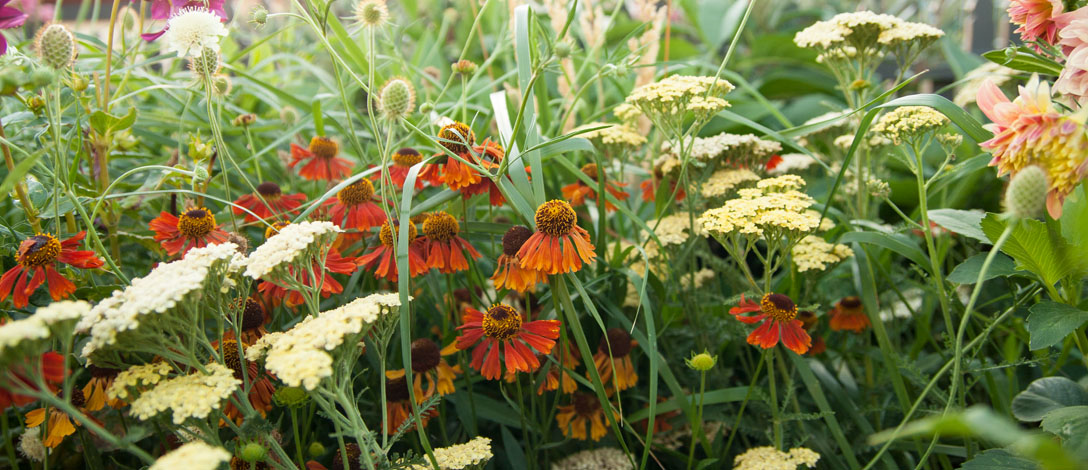The sooner this hellish summer is over the better.
Our family has spent it largely inside movie theatres or at home with the windows shut and the curtains drawn waiting for days of extreme heat to pass or trying to avoid breathing in smoke while being glued to the news as the inferno on the east coast consumes millions of hectares of biodiversity.
We’re grieving the destruction of a very beautiful part of the planet we’ve visited nearly every year for 18 years. The vegetation is fire adapted and the trees will send out new shoots, but the thought of a deafening silence in the forest where once there was a full chorus of birdsong is appalling to contemplate.
The unprecedented scale of the fires has exposed exactly how vulnerable we are under the shiny veneer of civilisation. It shouldn’t be shocking that the frightening climate change we’ve been speeding towards is suddenly on our doorstep but it is.
There’s a small silver lining: the hope that we might look back on this apocalyptic summer as the moment when Australia woke up to the reality that business as usual was no longer an option. Disconnection from the natural world enables its trashing. If people don’t spend time in nature because they’re too busy shopping or plugged in to a screen, they’re indifferent to it.
In the same way, if you’ve never tried actually growing any of your own food, you can’t really understand the connection between food security and climate. It only takes one unseasonably hot day in spring to decimate the blossom that would have become fruit. So we had a grand total of four (!) nectarines to pick, except the cockatoos got there first. Our marionberry harvest stopped abruptly before we’d picked even a quarter of the berries we’d normally expect. The pears that looked so promising until a week ago were all badly sunburned on a 43 degree day and won’t be worth eating. There will be no apples for us this year – an early heatwave caused the trees to drop all their tiny fruit. There won’t be any avocados either because it was far too hot and dry for pollinating insects at flowering time. And for the first time, the hungry possum that has eaten the new avocado leaves each winter has continued chewing them all through the summer.
The garden survived for weeks without rain. We still haven’t reconnected our irrigation system except in the vegetable patch, and this summer it became clear that watering is no substitute for actual rain anyway. The hot dry conditions have favoured spider mites, which have infested the frangipani, brugmansias, dahlias, eggplants and cucumbers. Unsurprisingly it’s been a terrible summer for the hydrangeas, which cut their losses and browned off several months ahead of schedule. I love their dried flowers in the autumn and through the winter when they tie in with the palette of autumn leaves and flowering grasses, but they don’t really work next to magenta gladioli and purple clematis. There has been a general lack of flowers. After their first spring flush the roses have hardly bloomed. Even the drought proof crepe myrtles have almost no flowers. The meadow rue buds were scorched in 42 degrees before they’d opened and the whole plant is now looking like it’s given up and is ready to die, despite all the good rain that has since fallen.
In the end January was actually wetter than it has been in years, but the garden will take some time to recover from the earlier extremes. I am appreciating humidity like I never have before because when you look out the window the plants don’t actually look stressed, their leaves are green and almost plump looking and this is quite a novelty.









